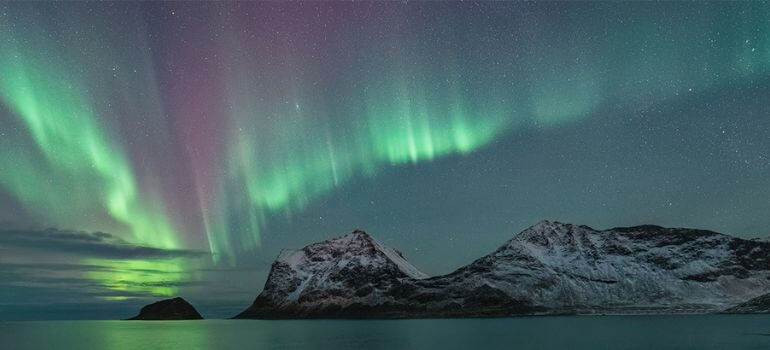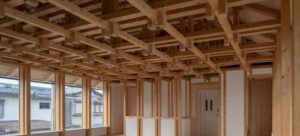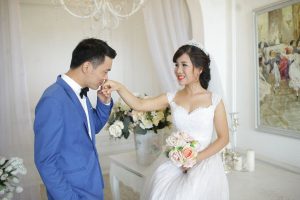The mesmerizing dance of colors in the night sky, known as the Northern Lights or Aurora Borealis, is a sight to behold. If you’re a photography enthusiast or an avid traveler, capturing this natural wonder can be a dream come true. However, to do justice to this breathtaking phenomenon, you need the right camera. In this article, we will explore the best cameras for photographing the Northern Lights.
Understanding the Northern Lights
Before delving into camera choices, let’s briefly understand what the Northern Lights are. The Northern Lights occur when charged particles from the sun collide with gases in Earth’s atmosphere, creating stunning visual displays. These lights are often seen in regions close to the North and South Poles.
The Role of a Good Camera
Capturing the Northern Lights can be challenging due to the low-light conditions and the rapid movement of the auroras. To truly capture the beauty of this phenomenon, you need a camera that excels in low-light photography and offers a high degree of control.
Key Considerations when Choosing a Camera
Low-Light Performance
One of the crucial factors for shooting the Northern Lights is a camera’s low-light performance. Look for a camera with a wide ISO range and minimal noise at higher ISO settings.
Lens Options
Interchangeable lens cameras allow you to choose the right lens for the situation. Wide-angle lenses are ideal for capturing the vastness of the night sky.
Sensor Size
Cameras with larger sensors perform better in low-light conditions. Full-frame and mirrorless cameras are popular choices for astrophotography.
Top Cameras for Capturing Northern Lights
Now, let’s dive into the top cameras that are well-suited for capturing the Northern Lights.
Canon EOS 6D Mark II
Canon’s EOS 6D Mark II is known for its excellent low-light performance and a full-frame sensor, making it a fantastic choice for photographing the Northern Lights.
Nikon D850
The Nikon D850 offers superb image quality and a wide ISO range, making it a top pick for astrophotography.
Sony Alpha a7S III
Sony’s Alpha a7S III is a mirrorless camera with exceptional low-light capabilities, perfect for capturing the Northern Lights.
Fujifilm X-T4
Fujifilm’s X-T4 is a versatile mirrorless camera known for its film simulation modes and excellent image quality in low-light conditions.
Panasonic Lumix S1R
The Panasonic Lumix S1R boasts a high-resolution sensor and excellent low-light performance, making it a reliable choice for Northern Lights photography.
Budget-Friendly Options
If you’re on a budget, you don’t have to miss out on capturing the Northern Lights. Here are some budget-friendly camera options:
Canon EOS Rebel T7i
The Canon EOS Rebel T7i offers good image quality and is a great entry-level camera for astrophotography.
Nikon D5600
Nikon’s D5600 is another affordable choice with decent low-light performance and a user-friendly interface.
Sony Alpha a6400
The Sony Alpha a6400 is a mirrorless camera with good low-light capabilities and 4K video recording.
Best Lenses for Northern Lights Photography
In addition to a good camera, having the right lens is essential for capturing the Northern Lights. Wide-angle lenses with a fast aperture, such as the Sigma 14mm f/1.8 or the Rokinon 24mm f/1.4, are popular choices among astrophotographers.
Camera Accessories for Northern Lights Photography
To enhance your Northern Lights photography experience, consider investing in a sturdy tripod, remote shutter release, and extra batteries. These accessories can help you capture the perfect shot without any interruptions.
Tips for Capturing Stunning Northern Lights Photos
- Scout your location in advance to find the perfect spot with minimal light pollution.
- Use a sturdy tripod to keep your camera steady during long exposures.
- Shoot in RAW format to have more control over post-processing.
- Experiment with different settings to find the right exposure time and aperture.
- Be patient, as capturing the perfect Northern Lights photo may require waiting for the right moment.
Post-Processing and Editing
Once you’ve captured your Northern Lights photos, post-processing is key. Editing software like Adobe Lightroom or Capture One can help enhance the colors and details in your images.
Conclusion
Capturing the Northern Lights is a magical experience, and having the right camera can make all the difference. Whether you opt for a top-of-the-line model or a budget-friendly option, remember that practice and patience are key to perfecting your Northern Lights photography skills. So, get out there and start capturing the beauty of the night sky.

FAQs
- How do the Northern Lights form?
- What is the best time of year to see the Northern Lights?
- Can I capture the Northern Lights with a smartphone?
- What settings should I use for Northern Lights photography?
- Are there any specific safety precautions when photographing the Northern Lights?



